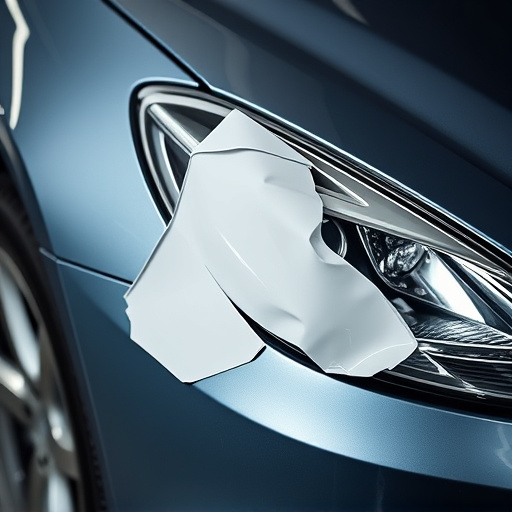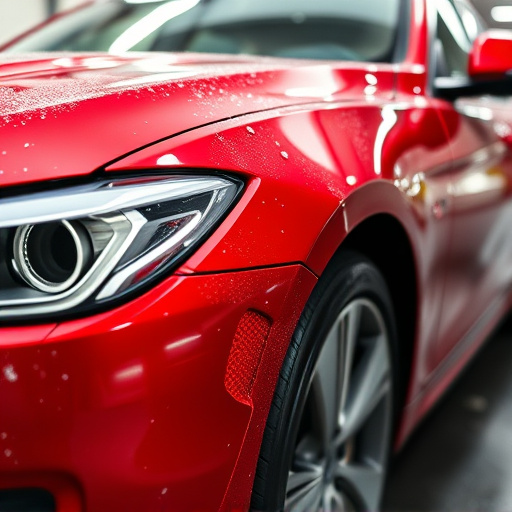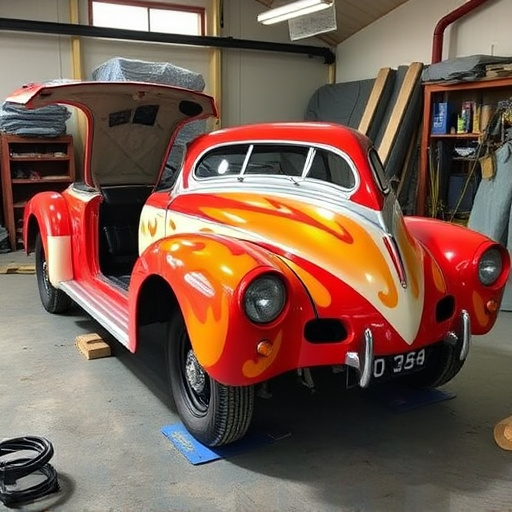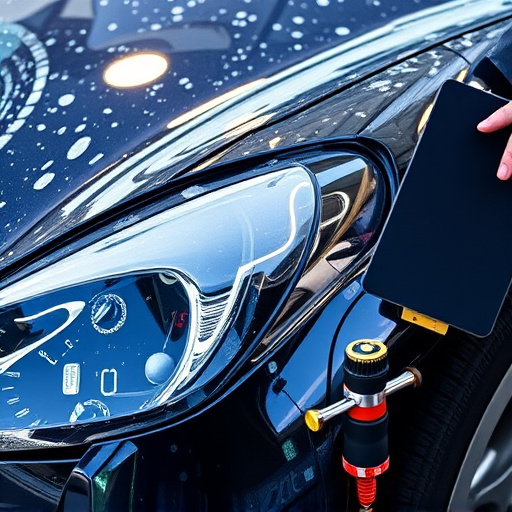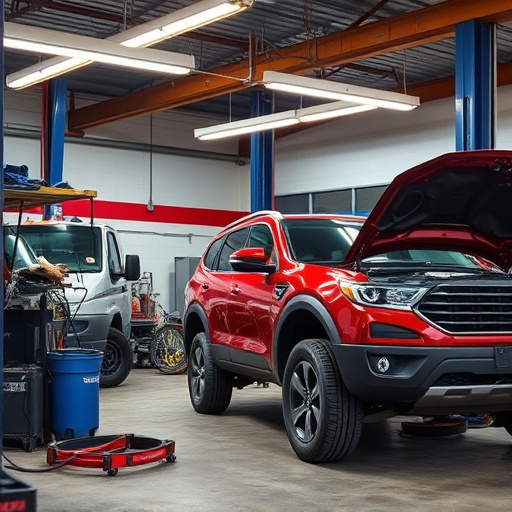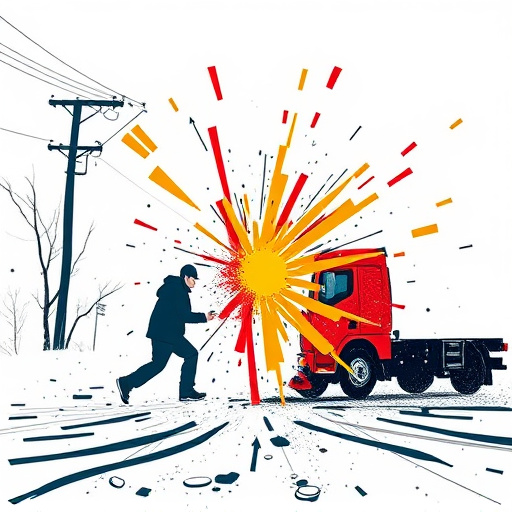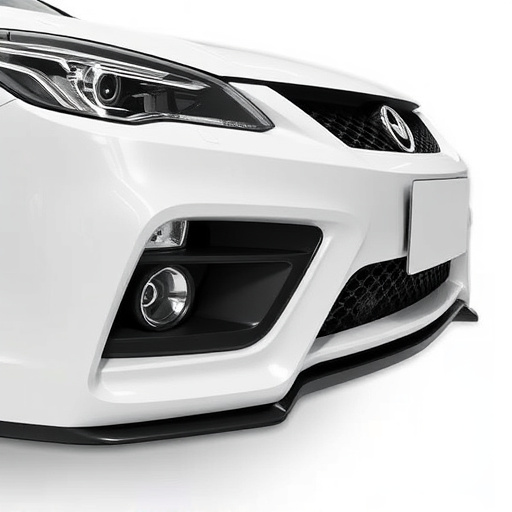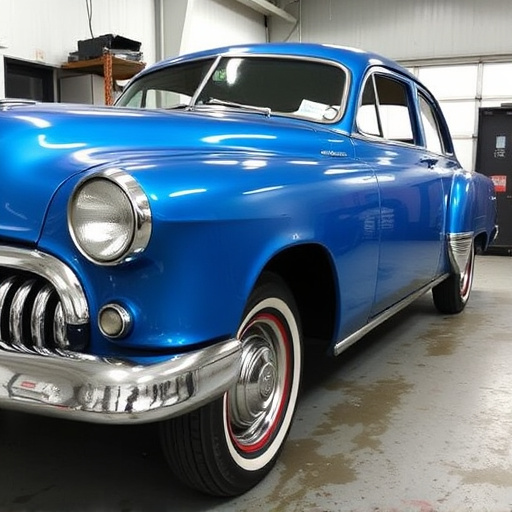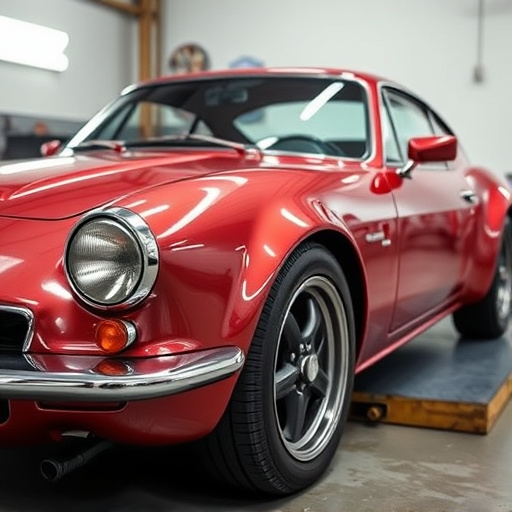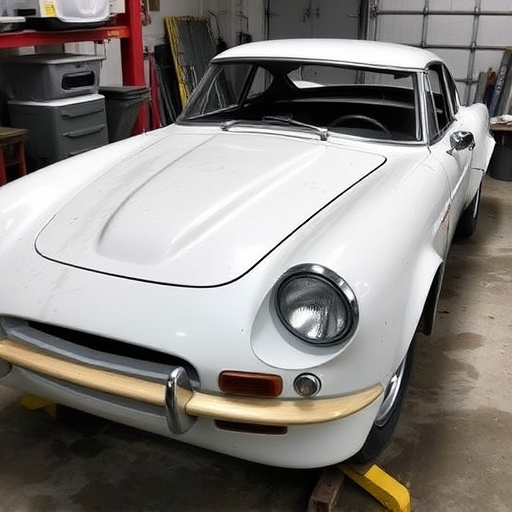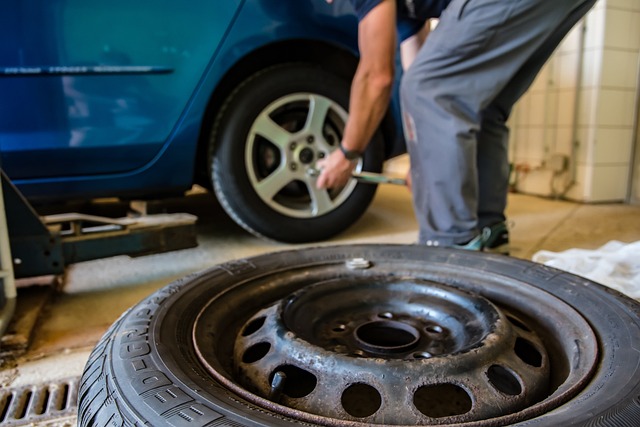Rear bumper damage, from minor dents to cracks, is common. DIY repair for light damage involves kit, sandpaper, primer & paint. Severe cases require professional assistance. Regular washing and waxing protect against environmental damage. Proper parking prevents rear-end collisions and reduces repair costs. Consult experts for preventive advice on maintaining optimal bumper condition.
“Looking to fix cracks, dents, or paint damage on your vehicle’s rear bumper? This comprehensive guide offers a detailed breakdown of the repair process and prevents future damage. Understanding common rear bumper issues is the first step towards effective solutions. From identifying the type of damage to selecting the right tools, our step-by-step guide ensures a successful DIY repair. Additionally, we provide valuable tips to safeguard your bumper’s longevity.”
- Understanding Common Rear Bumper Damage
- The Step-by-Step Guide to Repair
- Tips for Preventing Future Damages
Understanding Common Rear Bumper Damage
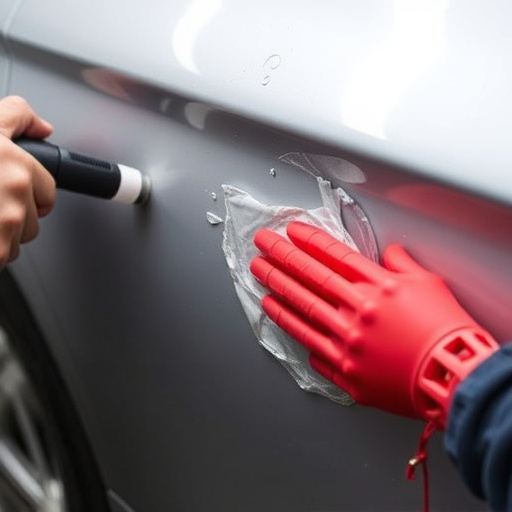
Rear bumper damage is a common issue that can arise from various incidents, including minor fender benders, parking lot mishaps, or even simple curbside nicks. Understanding the most prevalent types of rear bumper damage is crucial for anyone considering rear bumper repair services. Cracks are often the result of significant impacts or repeated stress, such as driving over rough terrain. Dents can vary in size and shape, typically occurring from minor collisions or contact with sharp objects. Paint damage, including chips and scratches, is a frequent issue that not only affects aesthetics but also requires expert auto body services for proper repair.
Collision repair services for rear bumpers often involve a range of techniques depending on the extent of the damage. For smaller dents and scratches, a skilled technician might use specialized tools to pop out dents or carefully sand and repaint affected areas. More severe cracks or structural damage may require replacement parts and advanced auto body work techniques to ensure the bumper’s integrity and longevity after rear bumper repair.
The Step-by-Step Guide to Repair
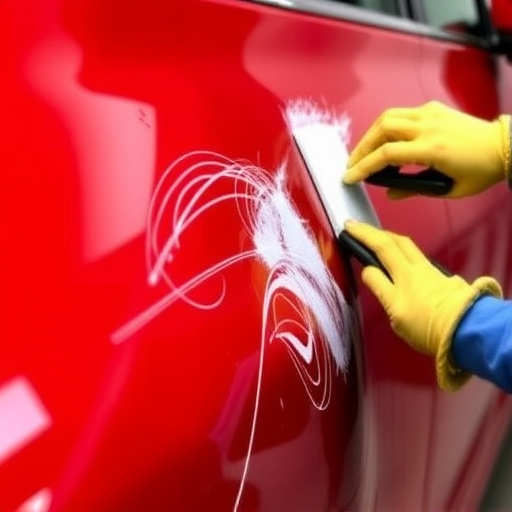
Repairing a cracked, dented, or paint-damaged rear bumper is an achievable task with the right tools and approach. First, gather all necessary materials, including a car damage repair kit suitable for your bumper’s material (usually plastic or metal), sandpaper, primer, and paint that matches your vehicle’s color. Begin by thoroughly cleaning the bumper to ensure the adhesion of new materials. Next, using fine-grit sandpaper, gently smooth out the crack or dent until it’s even with the surrounding surface. After sanding, wipe down the area to remove dust and debris. Apply a coat of primer designed for car dent repair to create a clean canvas for painting. Let the primer dry completely. Finally, carefully apply the matching paint using a brush or spray gun, ensuring even coverage for a seamless finish. For more complex repairs, consider seeking professional help or tire services to ensure precision and long-lasting results.
Tips for Preventing Future Damages
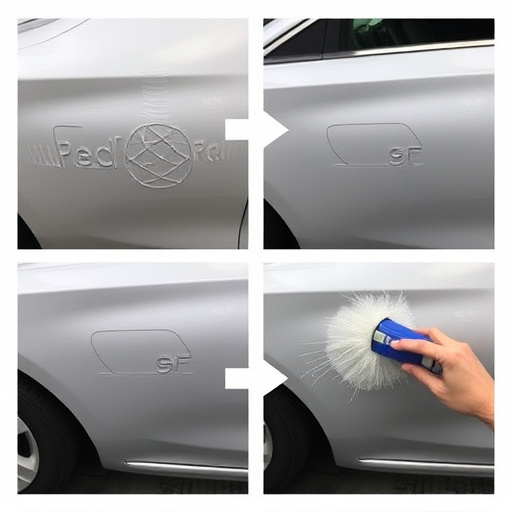
Regular washing and waxing of your vehicle is a crucial step in preventing future damage to your rear bumper and car bodywork. This protective layer helps shield against harsh weather conditions, bird droppings, and other environmental factors that can cause dents or cracks. Waxing also enhances the paint job, making it more resilient to scratches and chips.
Additionally, parking carefully can significantly reduce the risk of rear-end collisions and associated dent removal costs. Avoid haphazard parking, especially in tight spaces, as this increases the likelihood of impact. A well-maintained car body repair service can offer expert advice on preventive measures, ensuring your bumper stays in optimal condition for longer.
Rear bumper repair is a cost-effective solution for fixing cracks, dents, and paint damage. By understanding common issues and following a simple step-by-step guide, you can effectively restore your vehicle’s rear bumper to its original condition. Additionally, implementing preventive measures will help safeguard against future damages, ensuring your rear bumper remains in top shape for longer. Remember, timely repair not only enhances your car’s aesthetics but also prevents further deterioration.
